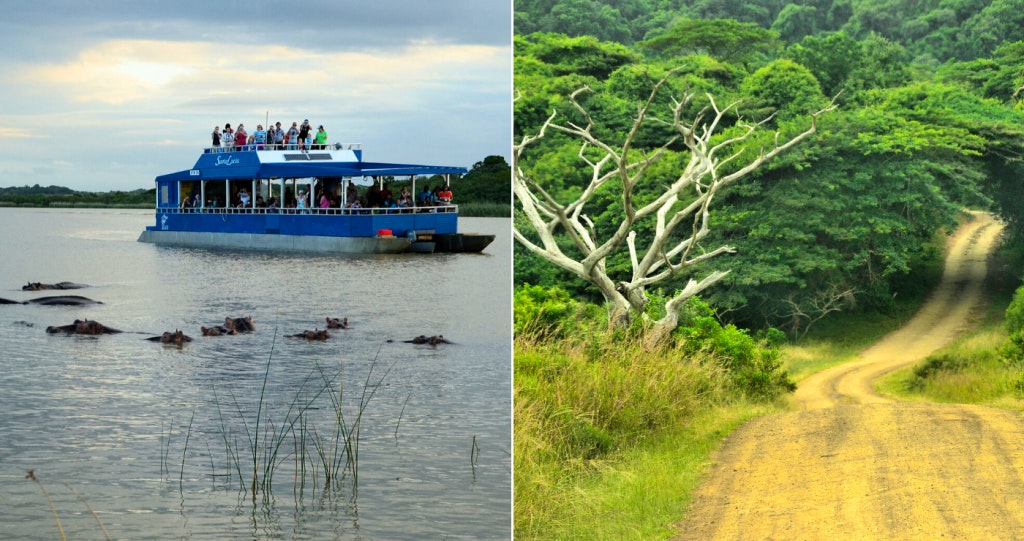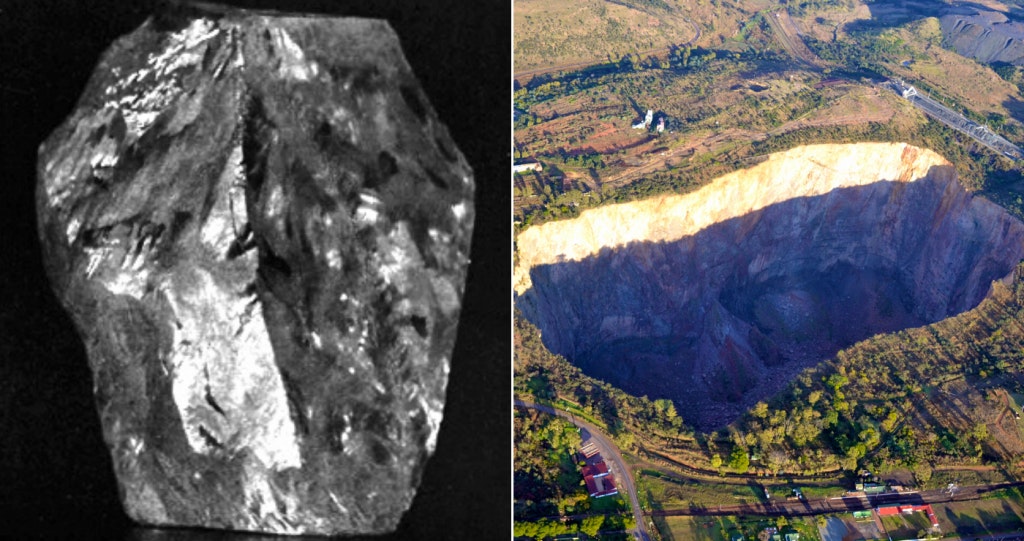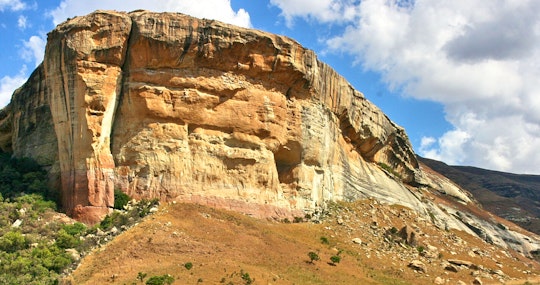We all know about South Africa’s most popular destinations ─ places like Table Mountain, the Kruger National Park and Durban’s beachfront ─ and these really do have much to commend them! But it’s the hidden gems and darling details of our country that makes us click our heels together and say, “There’s no place like home! There’s no place like home!”
So, follow LekkeSlaap as we set out on an adventure through the country to see what interesting destinations each province has to offer.
Mpumalanga
Did you know Mpumalanga means “the place where the sun rises” in the Nguni languages? Scenic beauty, climate and wildlife are said to be our country’s most attractive features and they are all found in this beautiful province.
Situated in the De Kaap Valley and surrounded by the Makhonjwa Mountains, Barberton was established in 1884 when the Barber brothers struck gold in the area. Barberton still boasts many reminders of the early gold-rush era and museums such as Belhaven, Fernlea House and Stopforth House are well worth a visit.

The town of Sabie is the centre of the largest man-made forest in South Africa. The extraction of gold in the 1870s consumed much of the area’s natural forest. But during the Great Depression the government subsidised the afforestation efforts in the area and provided employment to the local farmers.

Eastern Cape
Did you know that the more than sixty state-owned game reserves and thirty private game farms in the Eastern Cape collectively cover more ground than the Kruger National Park?
The Valley of Desolation to the north-west of Graaff-Reinet is a unique ecosystem that creates a type of oasis in the middle of the arid Karoo. The piled dolerite columns are the product of volcanic and erosive forces of nature during the Jurassic Period millions of years ago.

South Africa’s first marine reserve, the Tsitsikamma National Park, is an area of the Garden Route National Park on South Africa’s southern coast that boasts fifty kilometres of rocky coastline and three kilometres of ocean.

Western Cape
Did you know that the Western Cape is the country’s most developed tourism region? Its tourism industry has grown faster and created more jobs than any other industry in the country.
The Western Cape may be known for its Cape Wine Route, but Calitzdorp is known as the port capital of South Africa. Port-grape varieties prefer a hot, dry, climate and there are quite a lot of similarities between the climate of Calitzdorp and the Douro Valley in Portugal.

There’s an old English oak tree just outside the Old Library in George that was planted in 1811. This tree is known as the Slave Tree because of the old lock attached to it and legend has it that the lock was used to chain slaves to the tree when the site was still occupied by the jail.

Northern Cape
Did you know that the Big Hole in Kimberley is the largest hand-dug excavation in the world? In 1871, diamonds were discovered at the site and mined manually by prospectors.
Kuruman is known as the “Oasis of the Kalahari” because of a permanent water source that flows from Gasegonyana – commonly called the “Eye of Kuruman” – which produces twenty million litres of water per day.

The author Olive Schreiner lived in De Aar for many years and visitors to this town can dine in her old house, which has been converted into a cafe, nursery and gift shop.

KwaZulu-Natal
Did you know this province has two World Heritage Sites? The iSimangaliso Wetland Park and the Ukhahlamba Drakensberg Park.
iSimangaliso Wetland Park is a huge protected area with five separate ecosystems. Lake St. Lucia forms the park’s centre and is home to large numbers of hippos, crocodiles, pelicans and flamingos.

The Llandaff Oratory in Van Reenen seats only eight and is believed to be the smallest Roman Catholic church in the world. The oratory was built by Maynard Mathews in memory of his son Llandaff who died saving eight colleagues at a mine in 1925.

Limpopo
Did you know this province is named after the Limpopo River? The name means “strong gushing waterfalls” in the Ndebele language.
The Marakele National Park is home to one of the world’s largest colonies of the endangered Cape vulture and there are more than eight hundred breeding pairs nesting on the mountain cliffs.

The Mapungubwe Archaeological Site is one of the richest of its kind in Africa. Excavations in the 1930s uncovered a royal graveyard, which included a number of golden artefacts, including the famous gold-foil rhinoceros.

Free State
Did you know that this central region forms the main breadbasket of the country? It is characterised by endless rolling fields of wheat, sunflowers and maize.
The Golden Gate Highlands National Park, nestled in the rolling foothills of the Maluti Mountains, covers an area of 340 km². The park’s most notable and must-see features are its orange and golden, eroded sandstone rock formations.

The Vredefort Dome, a World Heritage Site, is the oldest and largest meteorite impact site yet found on earth. It was formed about 2023 million years ago when a giant meteorite hit the earth and made a crater that was about three hundred kilometres wide.

Gauteng
Did you know “Gauteng” means “place of gold” in Sesotho? It is also the smallest but most-densely populated province of South Africa.
The old mining town of Cullinan is where the world’s biggest diamond, the Cullinan diamond, was found on 26 January 1905. The diamond was 3106.75 carats and about ten centimetres long in its longest dimension.

The National Zoological Gardens in Pretoria is the largest zoo in the country, the only one with national status and is considered one of the ten best in the world.

North West
Did you know North West has several cultural villages that travellers can visit? They provide visitors with a better understanding of the rich cultural background of the traditional peoples of South Africa.
The Groot Marico region is known as mampoer country and visitors can experience this fiery drink at M&M Mampoer for a demonstration on the production process and mampoer tasting sessions.

Ottosdal is the only place in South Africa where the unique “wonderstone”, or pyrophyllite, is found and mined. Pyrophyllite is used for slate pencils and tailors’ chalk, and combined with other compounds to create insecticide and bricks.

We bet you didn’t know about all of these attractions! Did some of these surprise you? Or do you know about one you think should have made the list? Let us know in the comments below.
All images: Wikimedia Commons, unless otherwise specified.
Feature image: Hendrik van den Berg (Wikimedia Commons)




